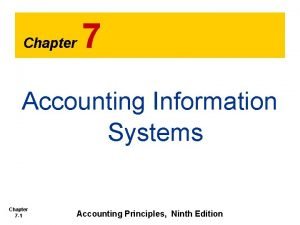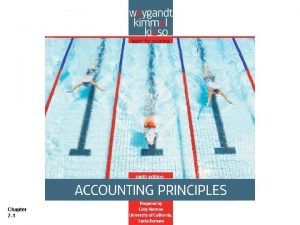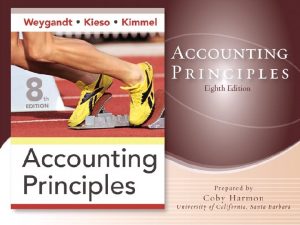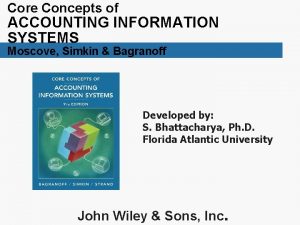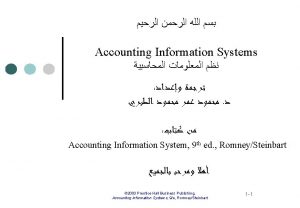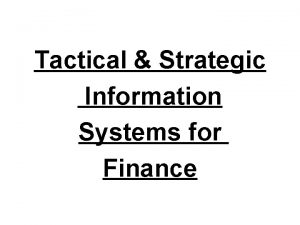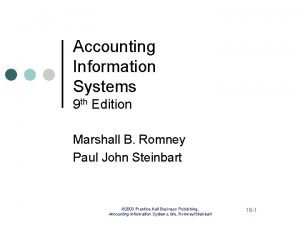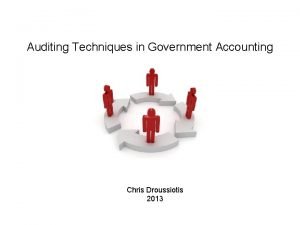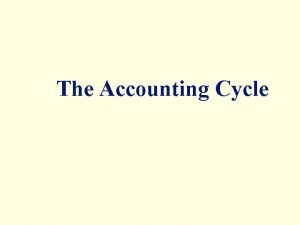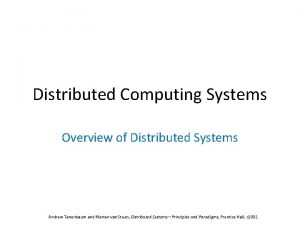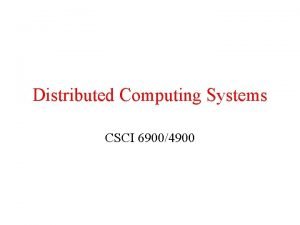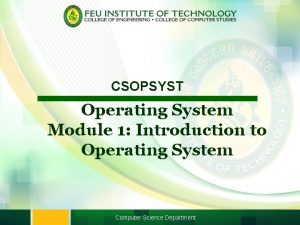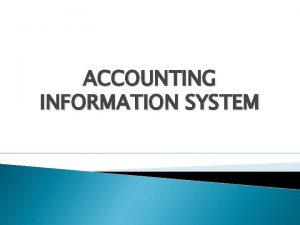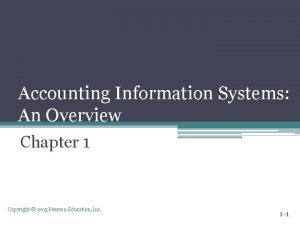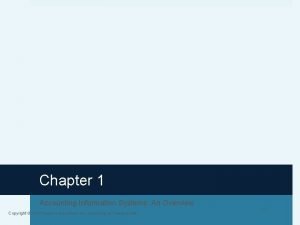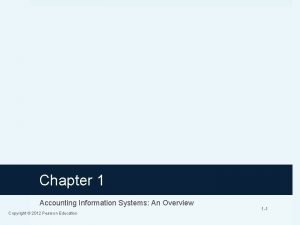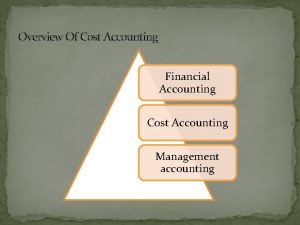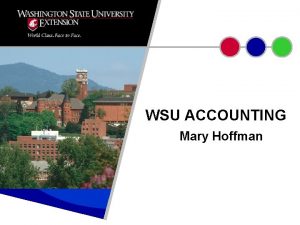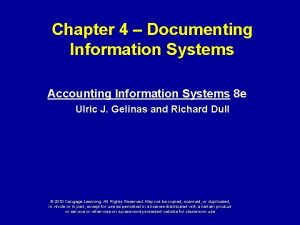Accounting Information Systems An Overview Chapter 1 Copyright















- Slides: 15

Accounting Information Systems: An Overview Chapter 1 Copyright © 2015 Pearson Education, Inc. 1 -1

Learning Objectives • Distinguish between data and information: ▫ Understand the characteristics of useful information. ▫ Explain how to determine the value of information. • Describe the major business processes present in most companies. • Explain what an accounting information system (AIS) is and describe its basic functions. Copyright © 2015 Pearson Education, Inc. 1 -2

Systems, Data, and Information • A system is a set of two or more interrelated components that interact to achieve a goal. • Systems are almost always composed of smaller subsystems, each performing a specific function supportive of the larger system. Copyright © 2015 Pearson Education, Inc.

Data vs. Information • Data are facts stored in the system ▫ A fact could be a number, date, name, and so on. For example: 2/22/14 ABC Company, 123, 99, 3, 20, 60 Copyright © 2015 Pearson Education, Inc. 1 -4

Data vs. Information The previous slide just showed facts, if we put those facts within a context of a sales invoice, for example, it is meaningful and considered information. Invoice Date : 2/22/14 Invoice #: 123 Customer: ABC company Item # 99 Qty 3 Total Invoice Amount Copyright © 2015 Pearson Education, Inc. Price $20 $60 1 -5

Systems, Data, and Information • Usually, more information and better information translates into better decisions. • However, when you get more information than you can effectively assimilate, you suffer from information overload. • When you’ve reached the overload point, the quality of decisions declines while the costs of producing the information increases. Copyright © 2015 Pearson Education, Inc.

Value of Information • Information is valuable when the benefits exceed the costs of gathering, maintaining, and storing the data. Benefit (i. e. , improved decision making) > Cost (i. e. , time and resources used to get the information) Copyright © 2015 Pearson Education, Inc. 1 -7

What Makes Information Useful? There are seven general characteristics that make information useful: 1. Relevant: information needed to make a decision (e. g. , the decision to extend customer credit would need relevant information on customer balance from an A/R aging report) 2. Reliable: information free from error and bias 3. Complete: does not omit important aspects of events or activities 4. Timely: information needs to be provided in time to make the decision Copyright © 2015 Pearson Education, Inc. 1 -8

What Makes Information Useful? 5. Understandable: information must be presented in a meaningful manner 6. Verifiable: two independent people can produce the same conclusion 7. Accessible: available when needed Copyright © 2015 Pearson Education, Inc. 1 -9

Transactional Information Between Internal and External Parties in an AIS • Business organizations conduct business transactions between internal and external stakeholders. • Internal stakeholders are employees in the organization (e. g. , employees and managers). • External stakeholders are trading partners such as customers and vendors as well as other external organizations such as Banks and Government. • The AIS captures the flow of information between these users for the various business transactions. Copyright © 2015 Pearson Education, Inc. 1 -10

Interactions Between AIS and Internal and External Parties Copyright © 2015 Pearson Education, Inc. 1 -11

Basic Business Processes • Transactions between the business organization and external parties fundamentally involve a “give–get” exchange. These basic business processes are: ▫ Revenue: give goods/service—get cash ▫ Expenditure: get goods/service—give cash ▫ Production: give labor and give raw materials—get finished goods ▫ Payroll: give cash—get labor ▫ Financing: give cash—get cash Copyright © 2015 Pearson Education, Inc. 1 -12

What Is an Accounting Information System? • It can be manual or computerized • Consists of : 1. 2. 3. 4. 5. people procedures and instructions, data software information technology infrastructure (computers, peripheral devices, and network communications devices) 6. internal controls and security measures Thus, transactional data is collected and stored into meaningful information from which business decisions are made and provides adequate controls to protect and secure the organizational data assets. Copyright © 2015 Pearson Education, Inc. 1 -13

What Is an Accounting Information System? These six components enable an accounting information system to fulfill three important business functions: 1. Collect and store data about organizational activities, resources, and personnel. 2. Transform data into information that is useful for making decisions so management can plan, execute, control, and evaluate activities, resources, and personnel. 3. Provide adequate controls to safeguard the organization’s assets, including its data, to ensure that the assets and data are available when needed and the data are accurate and reliable. Copyright © 2015 Pearson Education, Inc. 1 -14

The CITP Designation • CITP: Certified Information Technology Professional • Identifies CPAs who possess a broad range of technological knowledge and the manner in which information technology (IT) can be used to achieve business objectives • Reflects the AICPA’s recognition of the importance and interrelationship of IT with accounting Copyright © 2015 Pearson Education, Inc.
 Chapter 7 accounting information systems
Chapter 7 accounting information systems Chapter 7 accounting information systems
Chapter 7 accounting information systems Chapter 7 accounting information systems
Chapter 7 accounting information systems Introduction to accounting information systems
Introduction to accounting information systems Core concepts of accounting information systems
Core concepts of accounting information systems Accounting information system شرح
Accounting information system شرح Tactical information systems
Tactical information systems Accounting information systems marshall b romney
Accounting information systems marshall b romney Advantages of computerized accounting information system
Advantages of computerized accounting information system Overview of government accounting
Overview of government accounting Xxxbeg
Xxxbeg Financial accounting chapter 1
Financial accounting chapter 1 Distributed systems
Distributed systems Operative indicators in sap ps
Operative indicators in sap ps Introduction to distributed computing
Introduction to distributed computing Dual mode in os
Dual mode in os
